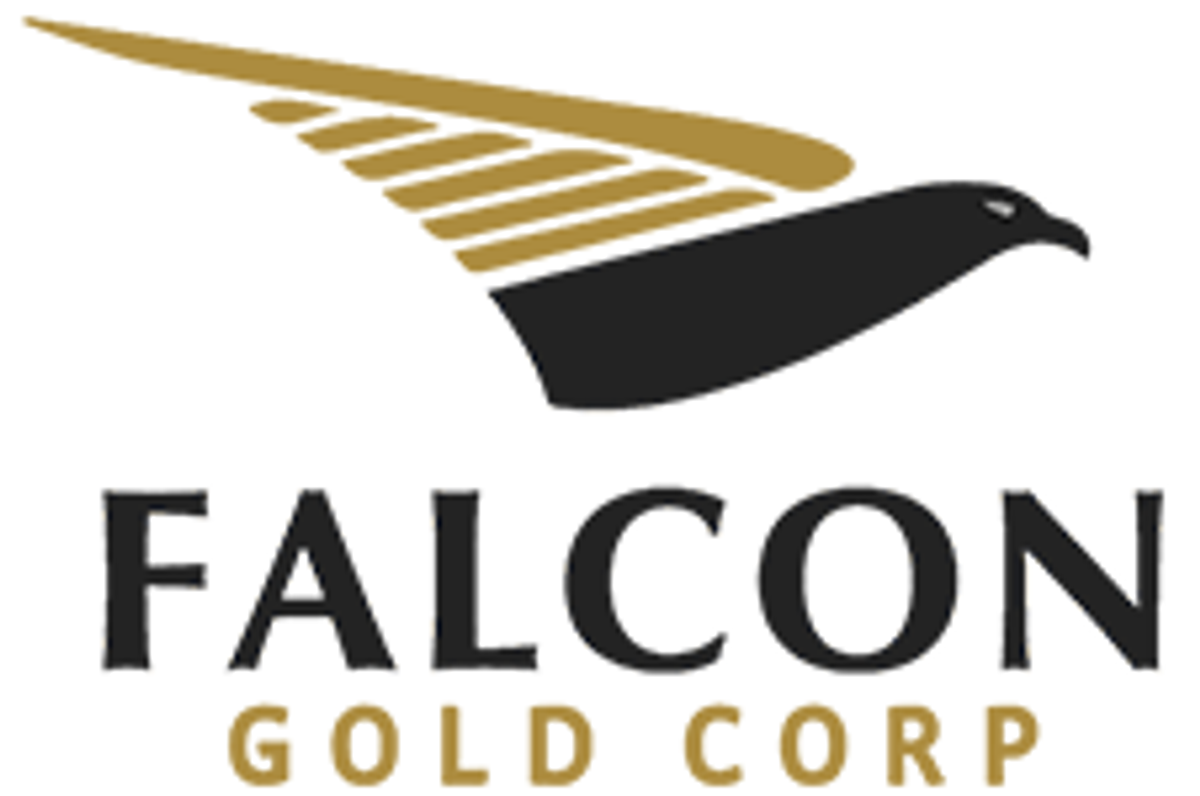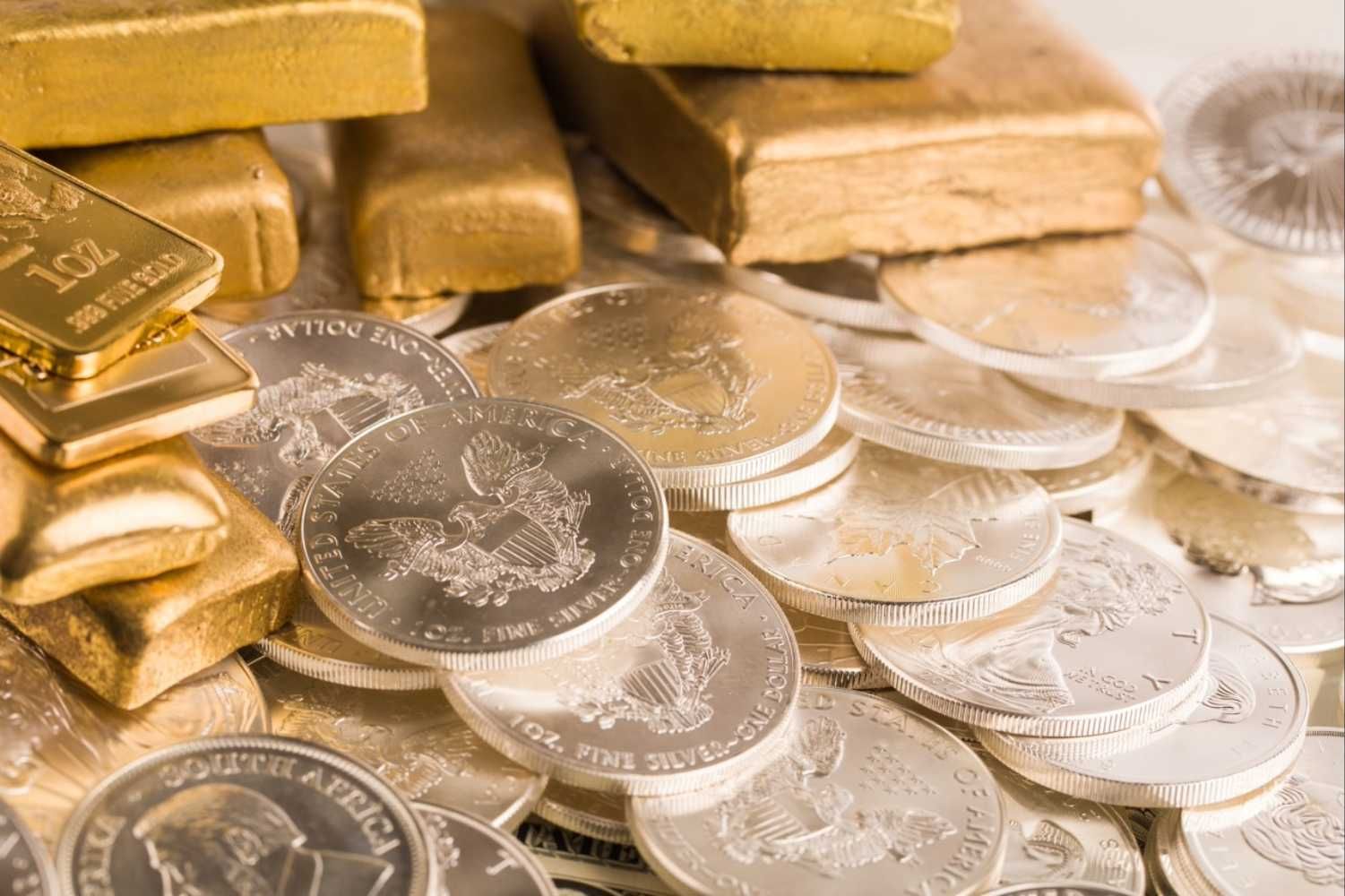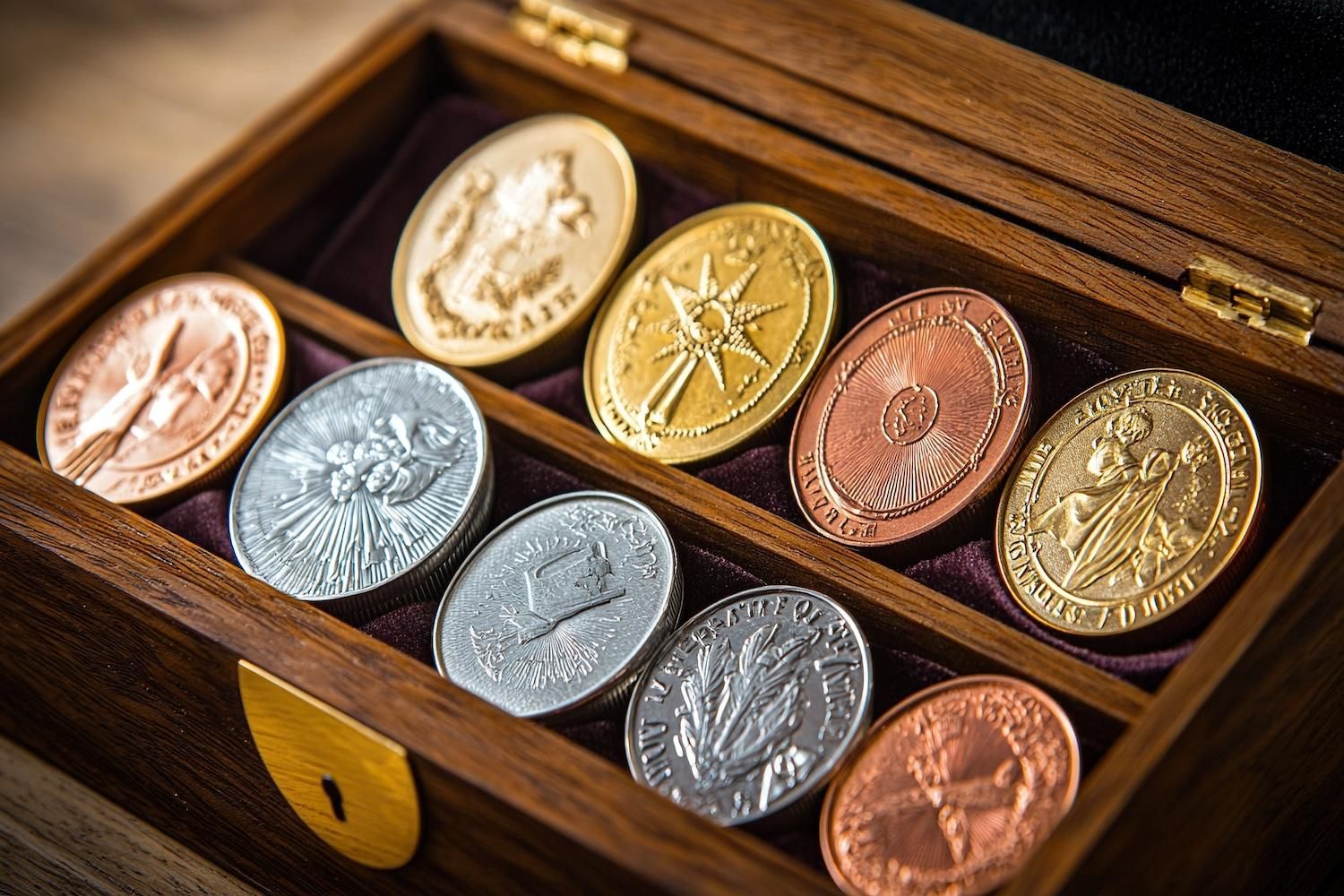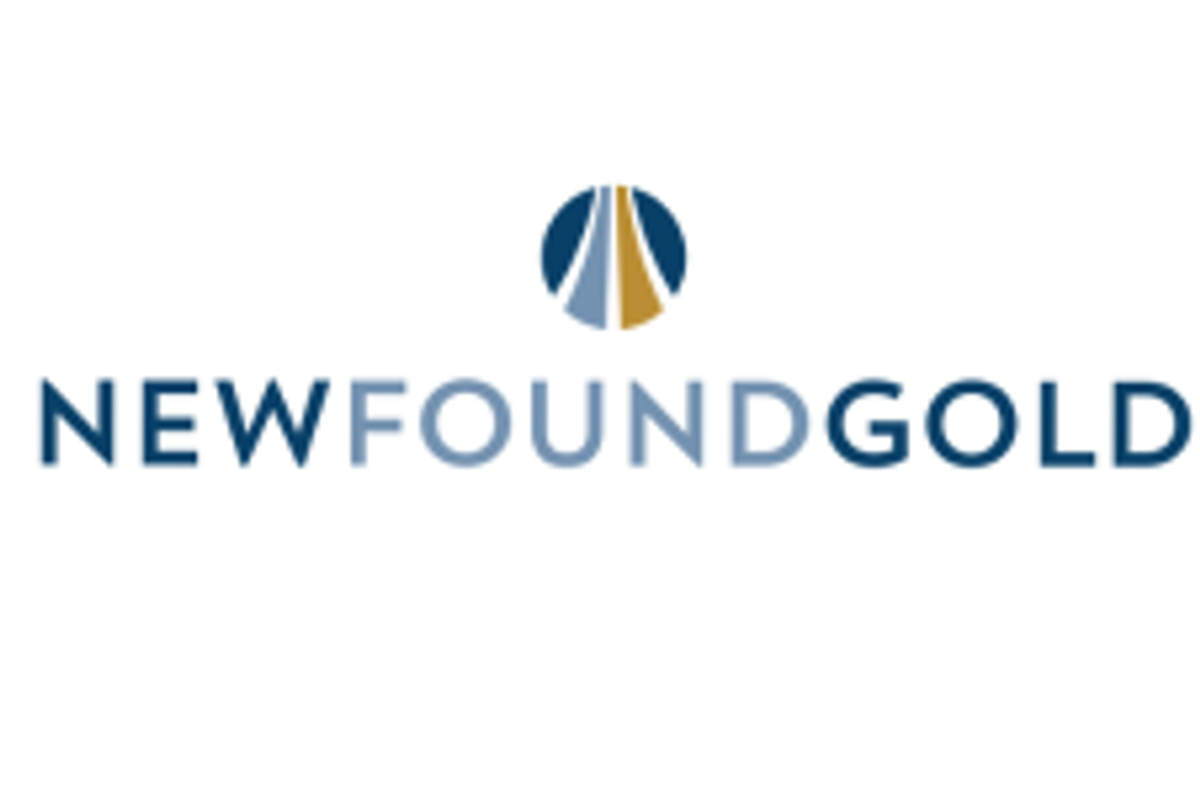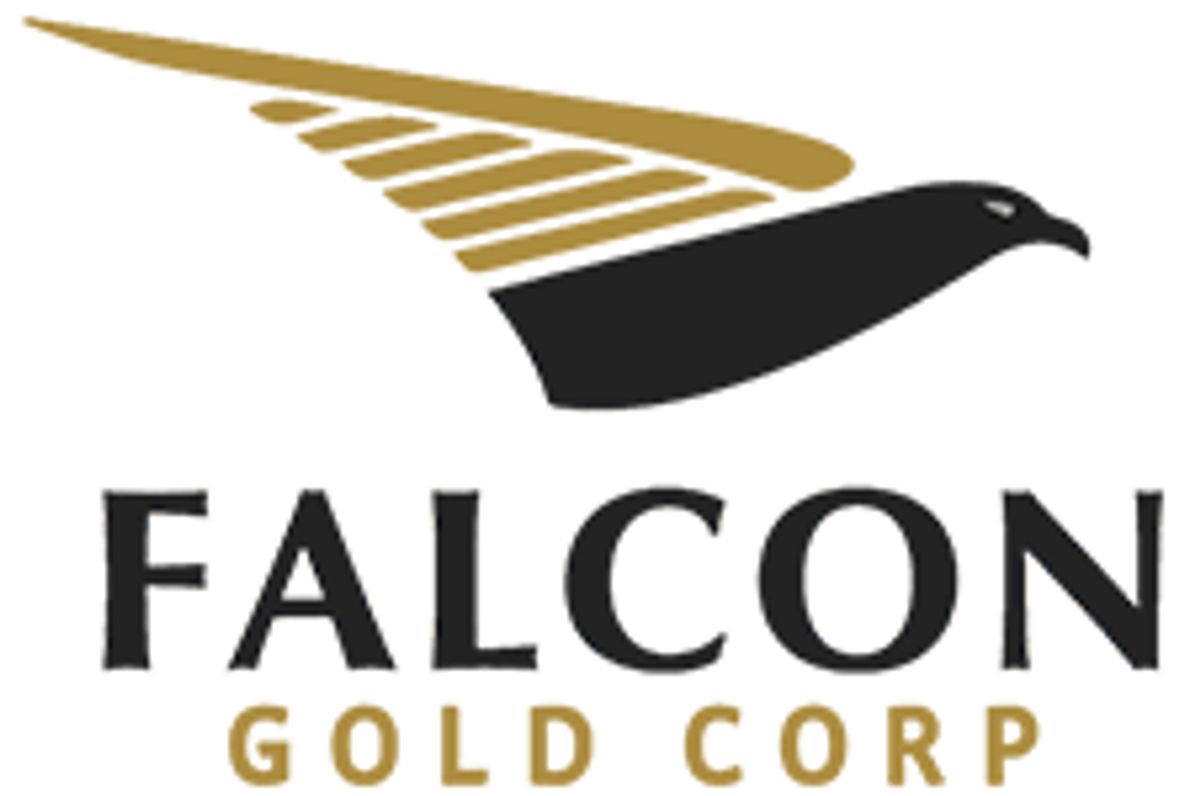
November 09, 2023
FALCON GOLD CORP. (FG: TSX-V), (3FA: GR), (FGLDF: OTCQB); (the "Company") announces that it has repriced its non-brokered private placement previously announced on October 17, 2023 (the "Private Placement") and increased the number of units ("Units") offered.
The price per Unit of the Private Placement has been repriced from $0.025 per Unit to $0.03 per Unit and the gross proceeds has increased from up to $150,000 to $300,000. Accordingly, the number of Units offered has increased from up to 6,000,000 to 10,000,000.
Each Unit consists of one common share in the capital of the Company ("Share") and one Share purchase warrant ("Warrant"). Each Warrant entitles the holder to purchase one additional Share for a period of two years from the date of issuance at a price of $0.05 per Share. The net proceeds from the Private Placement will be used for general working capital purposes.
Karim Rayani, CEO and director, intends to acquire 1,666,667 Units under the Private Placement, which participation would be considered to be a "related party transaction" as defined under Multilateral Instrument 61-101 ("MI 61-101"). Such participation is expected to be exempt from the formal valuation and minority shareholder approval requirements of MI 61-101.
The Private Placement is subject to TSX Venture Exchange approval. All shares issued pursuant to this offering and any shares issued pursuant to the exercise of warrants will be subject to a four-month and one day hold period from the closing date.
CONTACT INFORMATION:
"Karim Rayani" Karim Rayani
Chief Executive Officer, Director
Telephone: (604) 716-0551
Email: info@falcongold.ca
Cautionary Language and Forward-Looking Statements
This news release may contain forward looking statements including but not limited to comments regarding the timing and content of upcoming work programs, geological interpretations, receipt of property titles, etc. Forward looking statements address future events and conditions and therefore, involve inherent risks and uncertainties. Actual results may differ materially from those currently anticipated in such statements. This news release may contain forward looking statements including but not limited to comments regarding the timing and content of upcoming work programs, geological interpretations, receipt of property titles, etc. Forward looking statements address future events and conditions and therefore, involve inherent risks and uncertainties. Actual results may differ materially from those currently anticipated in such statements. Neither TSX Venture Exchange nor its Regulation Services Provider (as that term is defined in the policies of the TSX Venture Exchange) accepts responsibility for the adequacy or accuracy of this release.
FG:CC
The Conversation (0)
20 June 2023
Falcon Gold
Generating and Exploring Precious Metal Assets in Prolific Jurisdictions Across the Americas
Generating and Exploring Precious Metal Assets in Prolific Jurisdictions Across the Americas Keep Reading...
18 September 2024
Falcon Commences Drilling At Its Great Burnt Copper Project, NL
Falcon Gold Corp.(TSXV:FG)(3FA:GR)(OTCQB:FGLDF); ("Falcon" or the "Company") is pleased to report drilling has commenced at our Great Burnt Copper Project (the "Property") located in Central Newfoundland. The Company has completed 8kms of additional road to the drill site from the government... Keep Reading...
09 September 2024
Falcon Mobilizes Drill Crews At Great Burnt Copper Project In Central Newfoundland
Falcon Gold Corp. (TSXV:FG)(GR:3FA)(OTCQB:FGLDF) ("Falcon" or the "Company") is pleased to report drill crews and equipment are now being mobilized to our Great Burnt Copper Project (the "Property") located in Central Newfoundland. The Company previously encountered delays earlier this spring... Keep Reading...
20 August 2024
Falcon Reports the Status of Drill Program at Great Burnt Copper Project, Newfoundland
Falcon Gold Corp. (TSXV:FG)(GR:3FA)(OTCQB:FGLDF); ("Falcon" or the "Company") is pleased to report on the status of our inaugural drill program at its 100%-owned Great Burnt Copper Project (the "Property") located in Central Newfoundland. The Company encountered delays earlier this spring due to... Keep Reading...
06 June 2024
Falcon To Commence Drill Program At Great Burnt, NL
Falcon Gold Corp. (TSXV:FG)(GR:3FA)(OTCQB:FGLDF); ("Falcon" or the "Company") is pleased to announce that the Company is to commence drilling at its 100% owned Great Burnt Copper Project in Central Newfoundland. The Company plans to test up to ten geophysical anomalies with a maximum of 1100... Keep Reading...
13 March 2024
Falcon Hires Centreline for Great Burnt Drilling
Falcon Gold Corp. (FG:TSXV)(3FA:GR)(FGLDF:OTCQB); ("Falcon" or the "Company") is pleased to announce that the Company has awarded a drilling contract to CentreLine Drilling of Newfoundland to conduct a diamond drilling program at its 100% owned Great Burnt Copper Project in Central Newfoundland.... Keep Reading...
3h
What Was the Highest Price for Gold?
Gold has long been considered a store of wealth, and the price of gold often makes its biggest gains during turbulent times as investors look for cover in this safe-haven asset.The 21st century has so far been heavily marked by episodes of economic and sociopolitical upheaval. Uncertainty has... Keep Reading...
11h
Blackrock Silver Announces C$15 Million Strategic Investment by Two Cornerstone Purchasers
Blackrock Silver Corp. (TSXV: BRC,OTC:BKRRF) (OTCQX: BKRRF) (FSE: AHZ0) ("Blackrock" or the "Company") is pleased to announce a non-brokered private placement (the "Offering") of up to 13,636,363 units (the "Units") at a price of C$1.10 per Unit for gross proceeds of up to C$15,000,000. Each... Keep Reading...
19h
Gold Price Hits New Record, Breaks US$4,500; Silver, Platinum Also at All-time Highs
Gold marked a new price milestone on Tuesday (December 23), continuing its record-breaking 2025 run. The spot price rose as high as US$4,511.83 per ounce, hitting that point at 4:04 p.m. PST. Don't forget to follow us @INN_Resource for real-time updates!Securities Disclosure: I, Charlotte... Keep Reading...
21h
From Gold Coins to Copper Tools: Unique Festive Gifts for the Metals Investor
With pumpkin spice in the air, thoughts are turning to the biggest event of the year… No, not the curling championships — Black Friday and the start of the gifting season.Here at the Investing News Network, our team aims to provide relevant information to help readers make informed investment... Keep Reading...
22 December
TomaGold Intercepts 6.68% ZnEq (1.57 g/t AuEq) over 48.05 Metres, including 39.03% ZnEq (9.15 g/t AuEq) over 2.90 Metres at Berrigan Mine and Identifies a Major Hydrothermal Footprint
TOMAGOLD CORPORATION (TSXV: LOT; OTCPK: TOGOF) (“TomaGold” or the “Company”) is very pleased to announce the initial assay results from drill holes TOM-25-009 and TOM-25-010 at its Berrigan Mine project located in the Chibougamau mining camp, in Québec. These are the first two of seven holes for... Keep Reading...
Latest News
Interactive Chart
Latest Press Releases
Related News
TOP STOCKS
American Battery4.030.24
Aion Therapeutic0.10-0.01
Cybin Corp2.140.00
